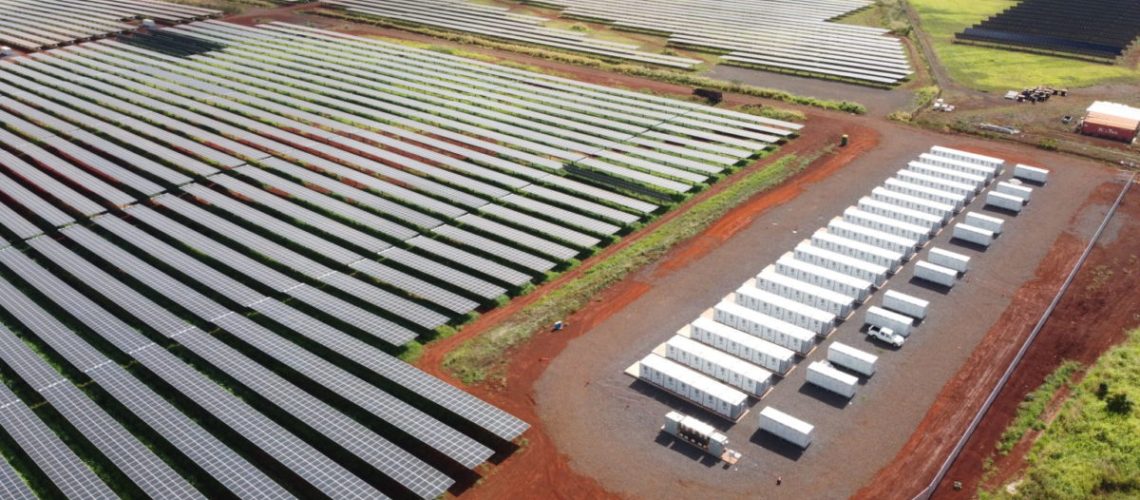The battery is the largest merchant energy storage facility in the world. Wärtsilä Energy and Eolian LP partnered for the 200 MW grid-scale battery system.
Eolian LP, a portfolio company of Global Infrastructure Partners, has completed construction on what will become the largest merchant energy storage facility in the world, the companies stated. The Madero and Ignacio energy storage plants have combined power capacity of 200 MW. The grid storage projects will participate in the retail energy power market in the Electric Reliability Council of Texas (ERCOT) grid.
Each phase of the combined storage project is greater than 250 MWh, and the combined facilities have two-hour discharge, putting the system at well over 500 MWh, a Wärtsilä Energy spokesperson told pv magazine USA, but declined to provide a specific value for the total discharge of the combined system.
Eolian first contracted with battery systems supplier Wärtsilä Energy in February 2021 to procure batteries for the large merchant power system, with construction of the project taking approximately 26 months to complete, according to the supplier.
The Madero and Ignacio facilities’ multi-hour continuous dispatch capability provides the longest duration of any energy storage assets operating in ERCOT, and as a combined site the project is the world’s largest (by MWh) fully-merchant and market-facing energy storage facility built to-date, the supplier said.
The Texas project is the first U.S. storage project to make use of the Investment Tax Credit (ITC) for standalone utility-scale energy storage systems, which was introduced in the Inflation Reduction Act of 2022.
The grid storage facility reacts instantaneously to sustain electricity output and keep the lights on when power generation fails or cannot respond quickly enough to rapidly-changing conditions.
“Texas needs more flexible capacity solutions like energy storage for grid support and energy resource optimization,” said Risto Paldanius, vice president Americas for Wärtsilä Energy. “This will help the state as it faces the natural replacement cycle of older inflexible generators and adapts to more frequent extreme weather events.”
“In the midst of an uncertain market redesign process, Eolian invested hundreds of millions of dollars to construct these projects using cutting-edge technology,” said Aaron Zubaty, chief executive officer, Eolian LP. “We did this because of an unwavering belief that the highly flexible and instantly-dispatchable multi-hour resources at this site will do the hard daily work of fast-ramping and quick starts, allowing aging, inflexible and increasingly fragile generators to remain available to the system in backup roles.”
The Maderos and Ignacio projects use Wärtsilä’s smart energy management system, the GEMS Digital Energy Platform, to monitor and control the flow of energy, while providing grid support during periods of grid instability. The facilities will also deliver ancillary services required for grid stability, such as frequency response and regulation in the ERCOT grid.
According to Wood Mackenzie’s Q1 2023 energy storage market review, Texas and California represented 94% of the 1.07 GW (3.03 GWh) of energy storage projects brought online in Q4 2022, while the two states continue to show the dominance of solar plus storage across the two markets. The Q4 2022 installation rate was a 41% decline year over year from Q4 2021, as the U.S. energy storage market continues to be hamstrung by project delays related to supply chain disruption.
Wood Mackenzie forecasts 79 GW or 253.2 GWh of energy storage projects to be added through 2027, a revised estimate from what was reported in pv magazine USA’s 2023 energy storage outlook from early this year, in which the research firm forecast 65 GW of added capacity storage.



